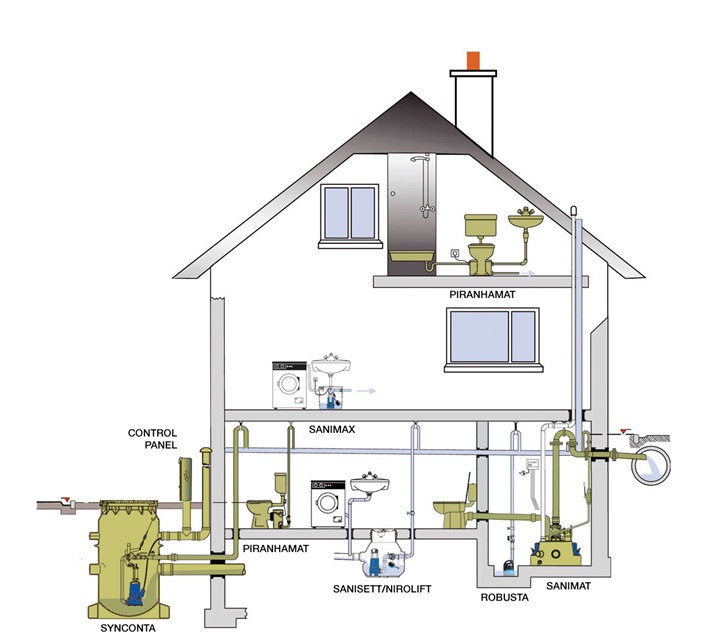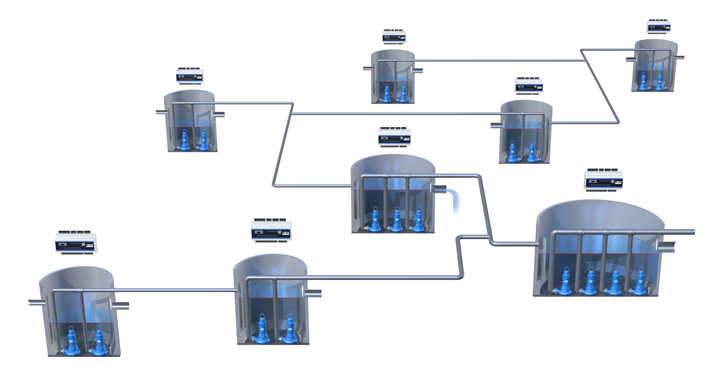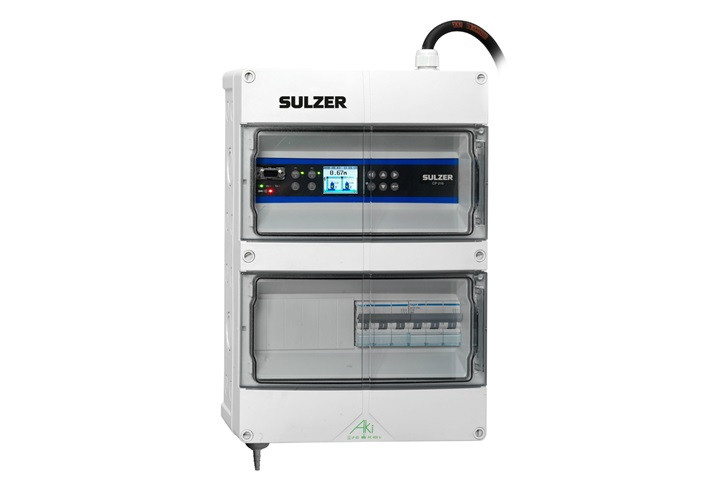Pump controller type ABS PC 111
Smooth operation for pumping stations
The PC 111 is a single-pump controller designed mainly for use in either gravitation or pressurized municipal wastewater pumping stations. Its many simple-to-use features improve pumping station functionality and reliability throughout its life-cycle.
Main design features
The controller comes with a 2x16 digit alpha numerical display offering a full user interface for low-budget applications. It can perform level sensing in the pit using either float switches or a 4-20 mA sensor. The selector knob and local display enable you to view alarms, manually control pumps, and change pump settings.
Key characteristics
Accumulated and stored values
- Pump 1 start counters
- Pump 1 running time
Key software features
- Pump start/stop via 0/4-20 mA signal or float
- Man - 0 - Auto selector
- Built-in 10 amp current transformer
- Pump run confirmation via motor current or contactor feedback
- Pump stop after max runtime setting
- Delta cos-phi measurement for dry run protection
- Pump exercise run
- Emergency pump run timer on high float







